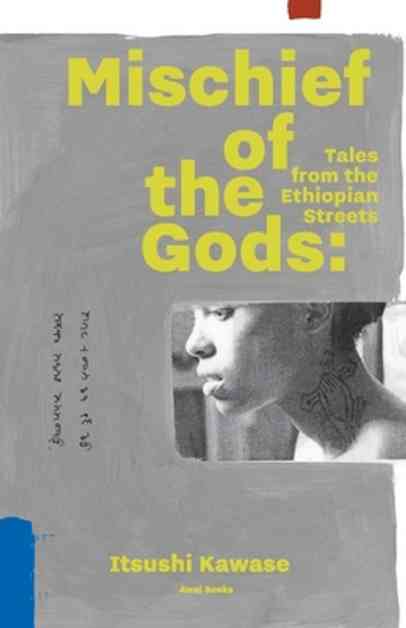Unsettling Portrayals and Narratives of Ethiopian Gods
Itushi Kawase, a Japanese researcher and anthropologist, recently released a book titled “Mischief of the Gods: Tales from the Ethiopian Streets,” translated from Japanese to English by Jeffrey Johnson. In this work, Kawase delves into the lives of people living on the margins of society in Gondar town, Ethiopia. His goal is to capture their vulnerability and depict the harsh realities they face daily. However, his approach has sparked controversy and criticism for its portrayal of Ethiopian culture and the individuals he encountered.
Controversial Depictions and Criticisms
While Kawase’s book shows promise in shedding light on the struggles of marginalized communities, it ultimately falls short due to its reliance on half-truths and clichés presented as facts. The author’s tone is sometimes perceived as patronizing, with instances where he positions himself as a savior figure rather than an empathetic observer. One particular example that has drawn criticism is Kawase’s description of the Gondar bus station as a den of pickpockets and rogues, perpetuating negative stereotypes about the area and its residents.
Moreover, Kawase’s portrayal of individuals such as Gebre Yesus, a known figure in Gondar, has raised concerns about cultural insensitivity. By misrepresenting Gebre Yesus and making insensitive remarks about his name and disability, Kawase’s narrative comes across as disrespectful and lacking in cultural awareness. The author’s embellishment of stories and exaggeration of real-life events further undermine the authenticity of his work, leading to questions about his motives and intentions.
Personal Reflections and Critique
As readers navigate through Kawase’s accounts of his encounters in Gondar, it becomes evident that his approach to storytelling may lack the depth and nuance required to capture the complexities of Ethiopian culture. Despite attempts to convey sympathy for the struggles of the people he writes about, Kawase’s detached tone and performative gestures of generosity raise questions about his understanding of the communities he seeks to portray. The author’s references to financial aid provided to some individuals further highlight a problematic power dynamic, where he positions himself as a benevolent outsider rather than an engaged participant in their lives.
In conclusion, while “Mischief of the Gods” offers a glimpse into the lives of marginalized communities in Gondar, its execution leaves much to be desired in terms of cultural sensitivity and authenticity. Kawase’s portrayal of Ethiopian gods and their narratives may fall short of capturing the true essence of these communities, raising important questions about the responsibility of researchers and anthropologists in representing the voices of the marginalized with respect and integrity.

